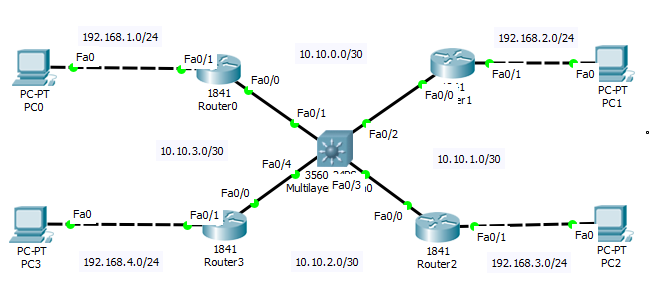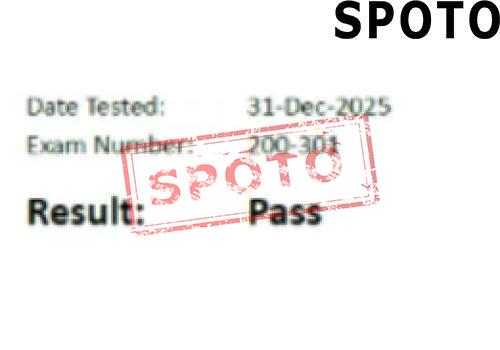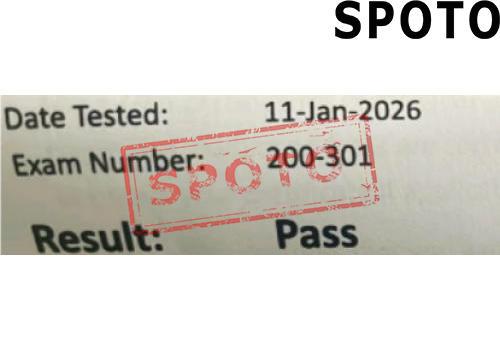
Table of Contents
Enhanced Interior Gateway Routing Protocol (EIGRP) is a dynamic routing protocol developed by Cisco, offering numerous advantages for network scalability, convergence, and efficiency. This blog post delves into EIGRP's technical nuances, aiming to introduce fundamental concepts and terminologies crucial for network engineers.
EIGRP Basics and Evolution
EIGRP evolved from the Interior Gateway Routing Protocol (IGRP), addressing its limitations such as slow convergence and lack of support for Variable-Length Subnet Masks (VLSM). Unlike IGRP, EIGRP is an advanced distance-vector protocol with features that significantly enhance its operational capabilities. EIGRP introduces mechanisms for faster convergence, loop prevention, and efficient routing information exchange.
EIGRP Metrics: The Core Components
EIGRP uses several metrics to determine the best path to a destination. These component metrics include:
- Bandwidth: The maximum rate at which data can be transmitted over a network path.
- Delay: The time it takes for data to traverse the path.
- Reliability: The likelihood of a path failing, based on historical data.
- Load: The amount of traffic currently being handled by the path.
- MTU (Maximum Transmission Unit): The largest size of data packet that can be sent over the network path without needing to be fragmented.
- Hop Count: The number of routers a packet must pass through to reach its destination.
These metrics are combined using a composite metric formula, originally from IGRP, to determine the best route. This combination makes EIGRP more efficient than simpler protocols like RIP, which only use hop count .
EIGRP Packets and Their Roles
EIGRP relies on different types of packets to perform its functions:
- Hello Packets: Used for discovering and maintaining neighbor relationships. Hello packets are sent at regular intervals to ensure routers are still reachable.
- Acknowledgment (ACK) Packets: Sent to acknowledge the receipt of EIGRP packets, ensuring reliable communication.
- Update Packets: Carry routing information to all EIGRP routers. Updates are sent only when there is a change in the network topology, making EIGRP an efficient protocol.
- Query and Reply Packets: Used during the Diffusing Update Algorithm (DUAL) process to search for alternative paths when a route becomes unavailable.
- SIA-Query and SIA-Reply Packets: Used to prevent routes from getting stuck in an active state (Stuck-In-Active) by ensuring ongoing queries are still valid .
Diffusing Update Algorithm (DUAL)
At the heart of EIGRP is the Diffusing Update Algorithm (DUAL), which ensures loop-free and efficient route calculations. DUAL uses several key concepts:
- Feasible Distance (FD): The best known distance to a destination.
- Advertised Distance (AD): The distance reported by a neighbor to reach a destination.
- Feasibility Condition (FC): Ensures that a path is loop-free if the neighbor’s AD is less than the current router’s FD.
- Successor: The primary route to a destination.
- Feasible Successor: A backup route that meets the FC.
DUAL ensures rapid convergence and minimizes routing loops by relying on these principles, making EIGRP robust in dynamic network environments .
EIGRP Wide Metrics
To support larger and more complex networks, EIGRP also includes Wide Metrics. These metrics expand the allowable range for component metrics, addressing limitations of the classic metrics. Wide Metrics provide greater granularity and flexibility in large-scale network deployments, improving path selection accuracy and network performance .
EIGRP Named Mode
EIGRP Named Mode simplifies the configuration process by consolidating all EIGRP-related commands under a single hierarchical structure. This mode organizes configurations into three sections:
- Address Family Section: Defines the protocol family (IPv4 or IPv6) and associated configurations.
- Per-AF-Interface Configuration Section: Contains interface-specific settings for the address family.
- Per-AF-Topology Configuration Section: Manages route redistribution, summarization, and other topology-related settings.
Named Mode streamlines EIGRP management, making it easier to configure and maintain complex routing setups .
Advanced EIGRP Features
EIGRP offers several advanced features to enhance network performance and manageability:
- Stub Routing: Limits the scope of query messages to reduce unnecessary traffic and improve stability in large networks. Stub routers only advertise a subset of their routes, typically connected and summary routes.
- Route Summarization: Combines multiple routes into a single summary route, reducing the size of routing tables and improving efficiency.
- Unequal-Cost Load Balancing: Allows traffic to be distributed across multiple paths with different costs, enhancing bandwidth utilization and redundancy.
- Passive Interfaces: Prevents the sending of EIGRP packets on specific interfaces, enhancing security and reducing unnecessary overhead.
- Graceful Shutdown: Ensures a smooth shutdown of EIGRP on a router, preventing route flapping and ensuring network stability during maintenance operations .
Securing EIGRP with Authentication
To protect against unauthorized route updates, EIGRP supports authentication using MD5 or SHA-256 hashes. Authentication ensures that only trusted routers can participate in the EIGRP domain, safeguarding the integrity of routing information.
EIGRP is a powerful and versatile routing protocol with a rich set of features designed to optimize network performance, scalability, and security. Understanding its core components, packet types, and advanced capabilities is crucial for network engineers seeking to build robust and efficient network infrastructures. By leveraging EIGRP's sophisticated metrics, DUAL algorithm, and advanced features, organizations can achieve high levels of reliability and efficiency in their network operations.










